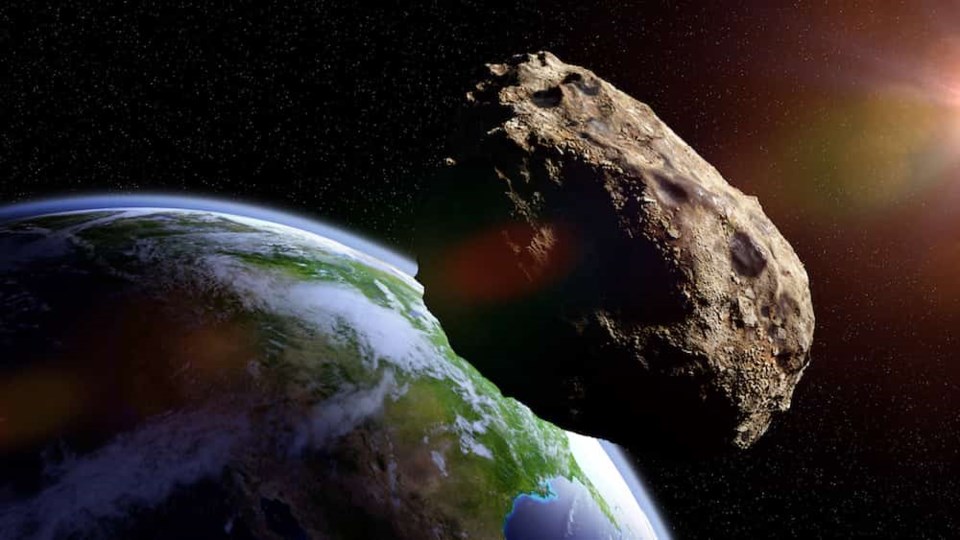While you won't be able to see it with the naked eye, a large asteroid will pass earth tomorrow.
Weather permitting, and if you have access to a telescope, you'll have an opportunity to view the celestial journey of Asteroid (NEO) 2020 KB3 from Vancouver.
If you are unable to view it, however, there are still plenty of other viewing opportunities this year - and some of them will be of much bigger asteroids. In fact, the biggest one to pass Earth within the moon's distance this year took place this week.
And no one even knew about it.
According to EarthSky.org, a massive asteroid was discovered on June 7, which was two days after it passed our planet. What's more, "At around 400 feet (122 meters) in diameter, 2020 LD is the largest asteroid to have come within one lunar-distance this year … or last year … in fact, since 2011."
LD was far enough away from earth that it didn't pose a serious threat, but an asteroid travelling within the moon’s orbit of Earth can be a cause for concern - particularly when they are large. That said, Earthsky notes that asteroids frequently travel through the moon's orbit, but they aren't quite so big.
The day after LD passed earth, a mammoth asteroid the size of the Empire State building made headlines as it travelled past Earth on June 6: Asteroid 2002 NN4. However, NASA writes that the celestial behemoth was 13 times the distance of the moon from Earth.
Asteroid 2002 NN4 will safely pass by Earth on June 6 by over 13 lunar distances (LD) - 13 times the distance of the Moon from Earth, or approx. 3.2 million miles/5.1 million km. All known near-Earth object (#NEO) close approaches may be found here: https://t.co/ocjetQM9X4 pic.twitter.com/KHEHjJrOeM
— NASA Asteroid Watch (@AsteroidWatch) June 5, 2020
Rachel Wang, an Astronomer at the H.R. MacMillan Space Centre, tells Vancouver Is Awesome in a phone call that this Saturday's solar spectacle will require a telescope with an aperture of 20 inches to view. And while it is closer to Earth than NN4, it isn't traveling within the moon's orbit of Earth; it is three times the lunar distance in the constellation Virgo.
For more information on how to view KB3, visit HERE.



